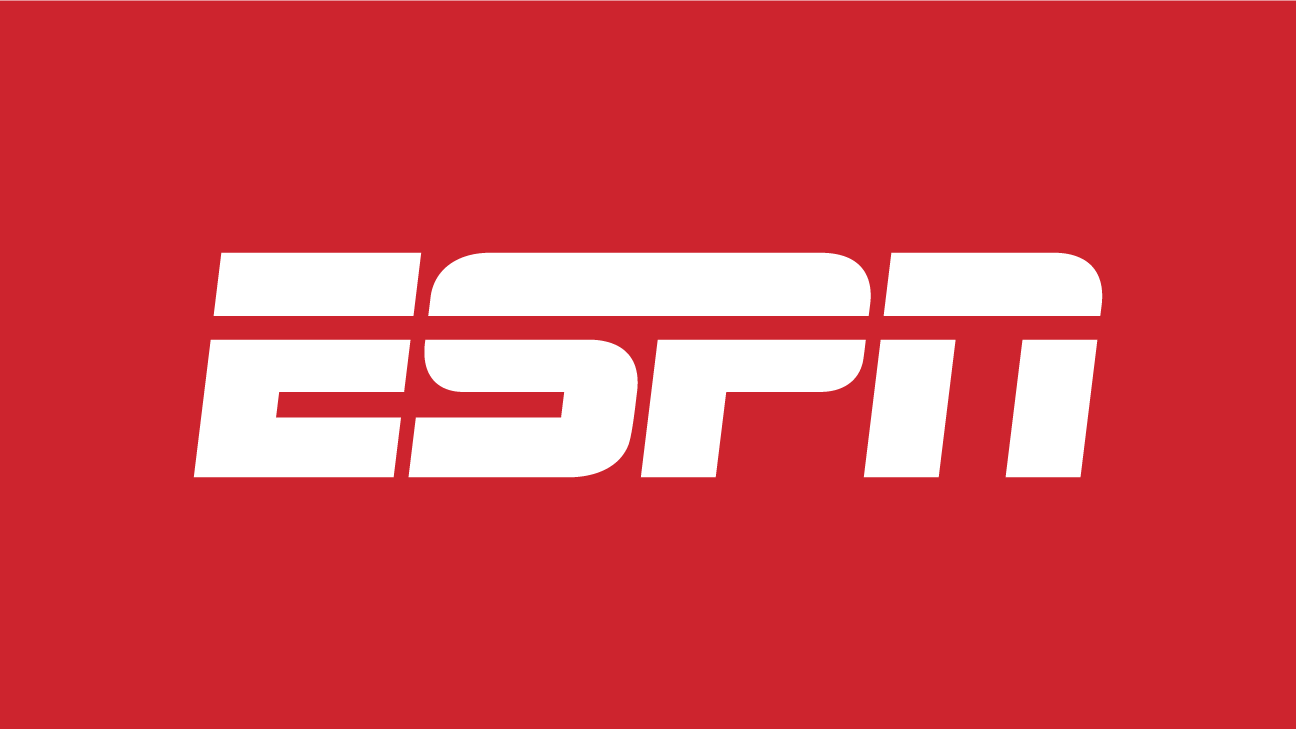Referees admit the new “nipple line” is proving difficult to monitor, as World Rugby strives to lower concussion rates.
Data collated by the sport’s world governing body from head injury assessments (HIA) in major competitions across both hemispheres between 2013 and 2015, showed 76 per cent of concussions were caused in the tackle.
While there’s been widespread concern about the effects of high tackles on the ball carrier, the data revealed the tackler was the victim 72 per cent of the time.
Red cards issued for some high tackles during the recently concluded Super Rugby season and new English Premiership season have raised the ire of players, pundits and coaches, who felt they weren’t warranted.
World Rugby is trialling a number of measures aimed at bringing the tackle height down.
At the recent under-20 world championships, a change was trialled regarding the acceptable height of a tackle, which was lowered from the line of the shoulders to below the nipple line.
“They (referees) said it was very difficult to monitor, to do on the ground, just to actually identify those high tackles consistently,” World Rugby’s chief medical officer Martin Raftery said in Sydney.
The change will be trialled again in England shortly.
World Rugby also introduced increased sanctions at the under-20 competition, where if a player received two high tackle warnings he was suspended for a game..
“I think there was 11 people who got a warning but they actually didn’t go on to get a penalty,” Dr Raftery said.
“The number of concussions in that 2018 tournament compared to the previous two tournaments was positive, in that they were reduced by 50 per cent.”
Prior to 2011, 56 per of players returned to the field after being concussed but that figure has been reduced to eight per cent.
“For the first five years we’ve spent a lot of time making sure the players are protected by being removed from the field of play when they should be removed and not allowed to go back too early,” Dr Raftery said.
“The measure (of success) for us is going to be reduction in concussion rates, we want to see them start to come down.”
